Synthetic Turf Playgrounds
April 29, 2024
Hello everyone and thank you for joining me.
Synthetic turf playground surfaces have evolved over the decades. Manufacturers are creating better yarns, better fibers and even shapes to combat premature matting in areas where heavy foot traffic is present. Turf backings have become 100% permeable, which allows for better drainage, easier to clean and flush contaminates, and they also are cooler due to the ventilation the backing provides being 100% permeable.
Shock pads have come a long way along where manufacturers are creating different thicknesses for different critical fall heights. Manufacturers are creating different types of infill that assist in creating a healthy surface for children to play on.
Synthetic turf playground systems meet and exceed critical fall heights, and these systems have improved for longer life spans than ever before.
Subbase Drainage and Compaction
Understanding the complete playground system begins from the ground up.
All subgrade materials should have superior drainage capabilities. The constructed subbase must be able to retain a minimum of 80% compaction. Creating a stable base will not only assist in the longevity of the system but will prevent settlement failures that are costly to repair.
Using high-quality sand and gravel that has good permeation and compactability will withstand heavy downpouring of rain and water run-off.
Installation of the Shock Pad
Shock pad is to be installed directly under the synthetic turf to deliver additional shock absorbency to ensure children’s safety. There are many shock pads on the market today that are available in 3/4“, 1” and 2” thickness to meet or exceed the critical fall-height requirements.
Through rigorous third-party testing, SGW and Tencate products meet the requirements for the American Society for Testing Materials F1292 certification. This testing certifies each of these products achieve the criteria for G-Max (shock) in addition to the Head Injury Criterion score, which measures the impact severity quantifying the risk of head trauma.
Infill
Like I have mentioned before, animal urine, blood, vomit, and other external elements can lay within all playground surfaces. I do not recommend placing infill that is highly absorbent in playground areas.
I have spoken earlier about mulch, wood chips, and other materials and how they become absorbed with water and contaminates. Infills can do the same.
If you use an infill that is highly absorbent, these contaminates will penetrate and lock on the granules. This is why Envirofill is my favorite for playgrounds.
Envirofill, with its antimicrobial properties, eliminates the building of bacterial spores within the infill product.
Envirofill is environmentally safe and does not contain any silica dust, zinc, or heavy metals.
Envirofill also does not degrade over time and does not need repeated applications other than having to infill the areas where wind, and removal due to “walk off”.
Synthetic Turf Maintenance
Every playground system needs cleaning and maintenance. I recommend rejuvenating the turf surface with a power broom and replenish the infill when needed. This will revitalize the playing surface to keep the HIC numbers consistent.
Ove the decades, I have installed thousands of square feet of all types of playground surfaces. I also have maintained and repaired them as well.
A synthetic turf playground system combining quality materials and installation will outlast any surface on the market.
Synthetic turf playground are my #1 choice…. Until next time….JW OUT!







